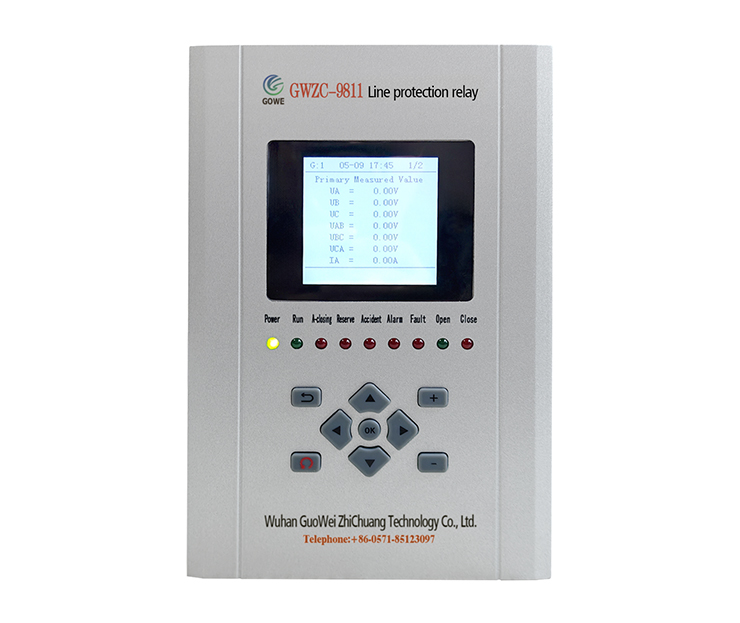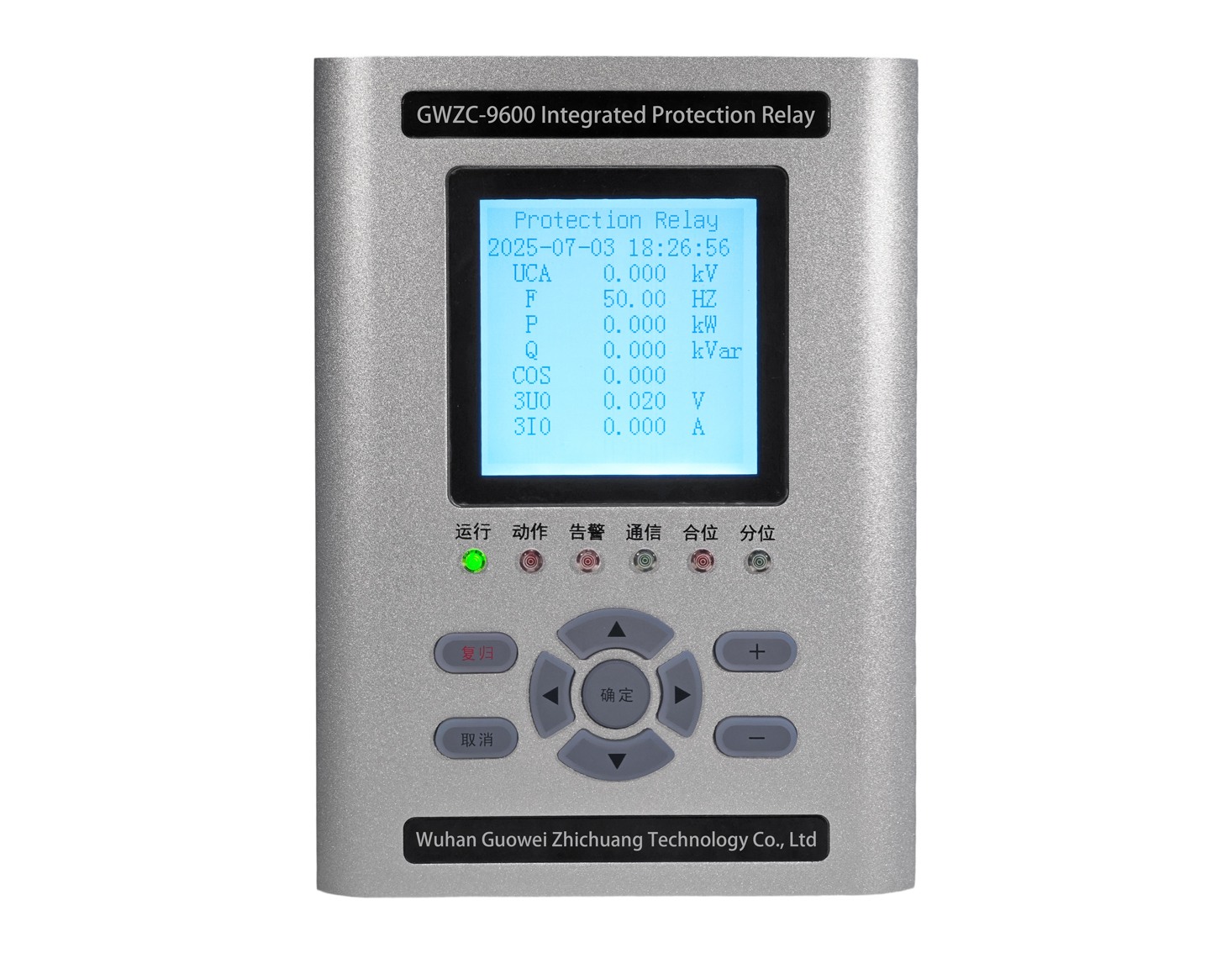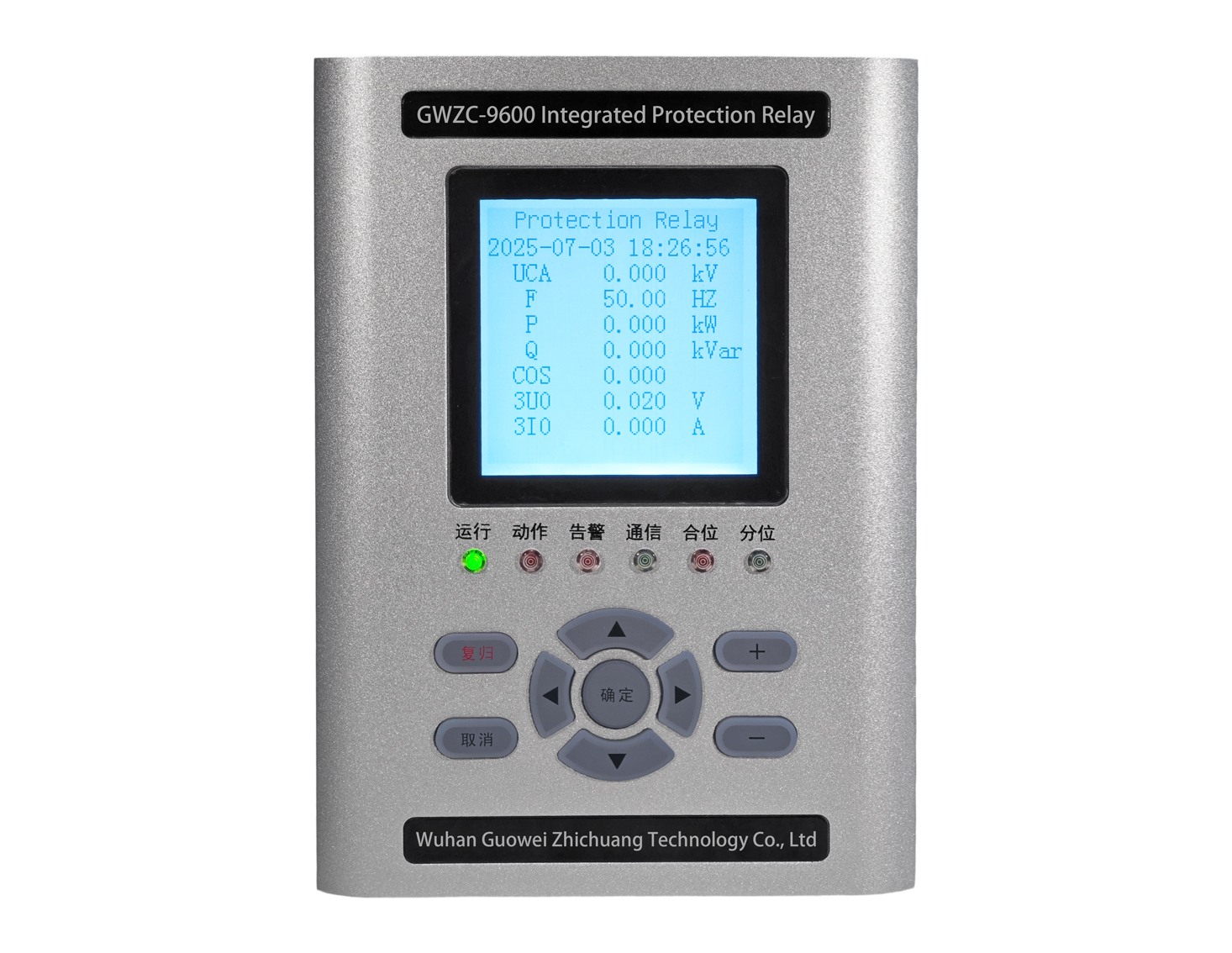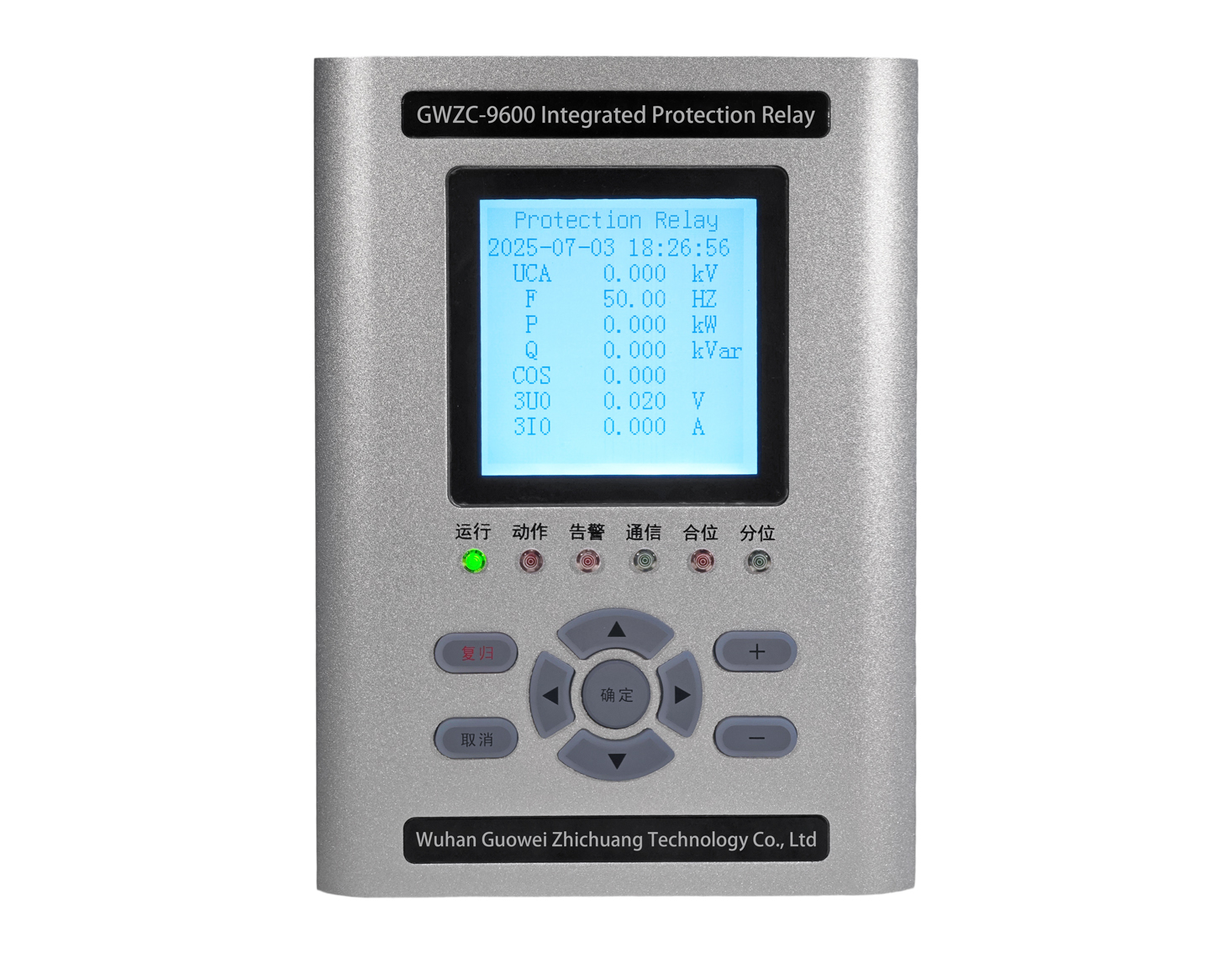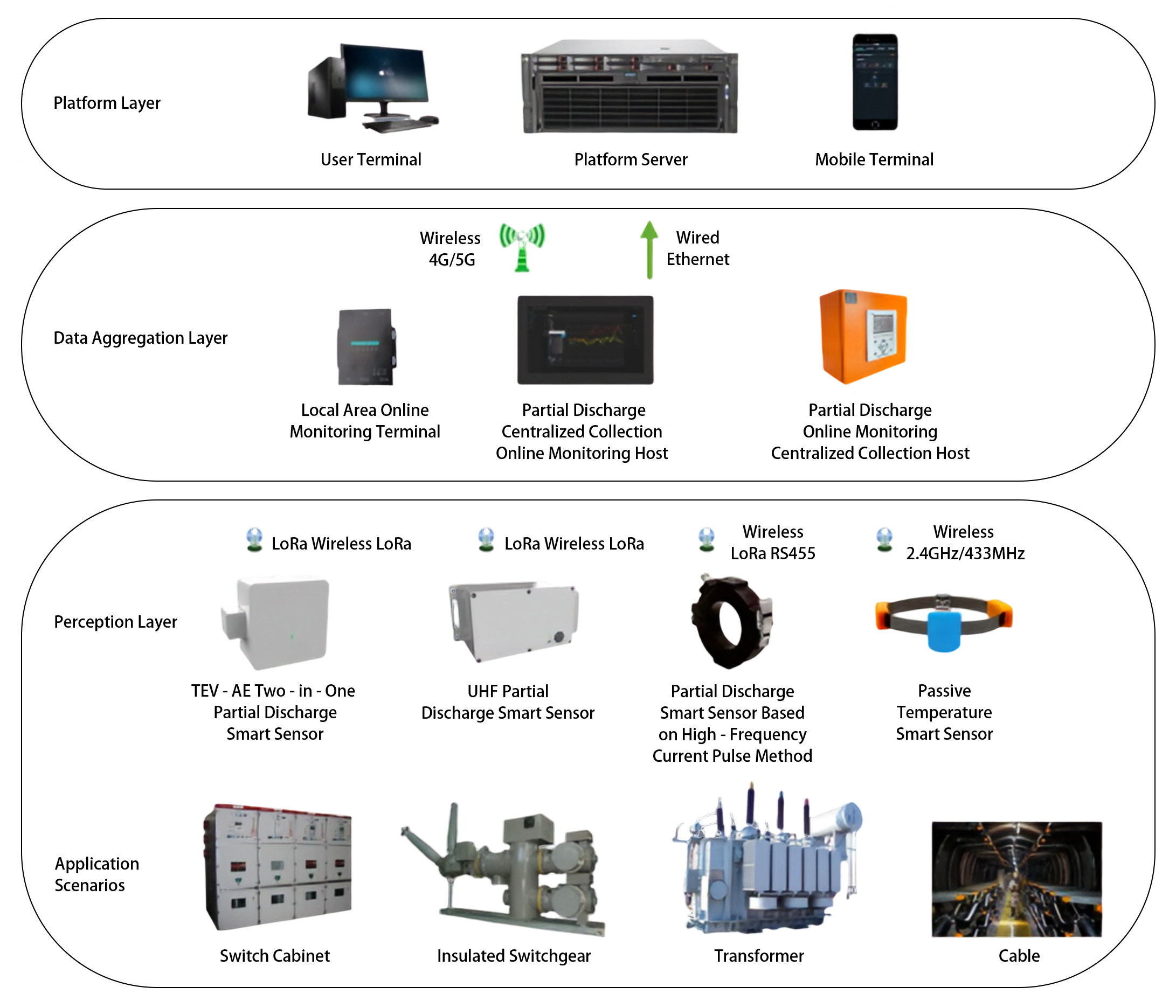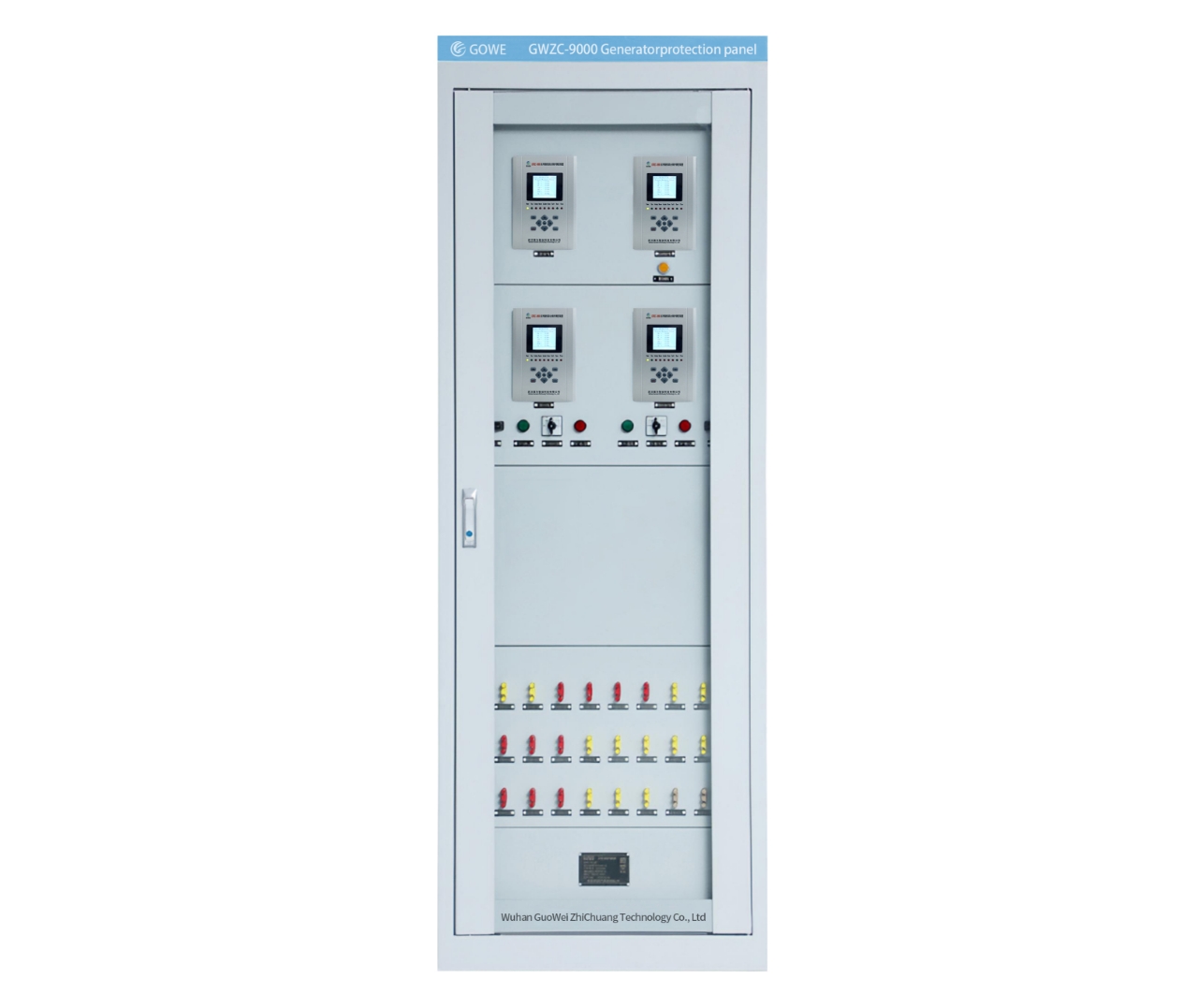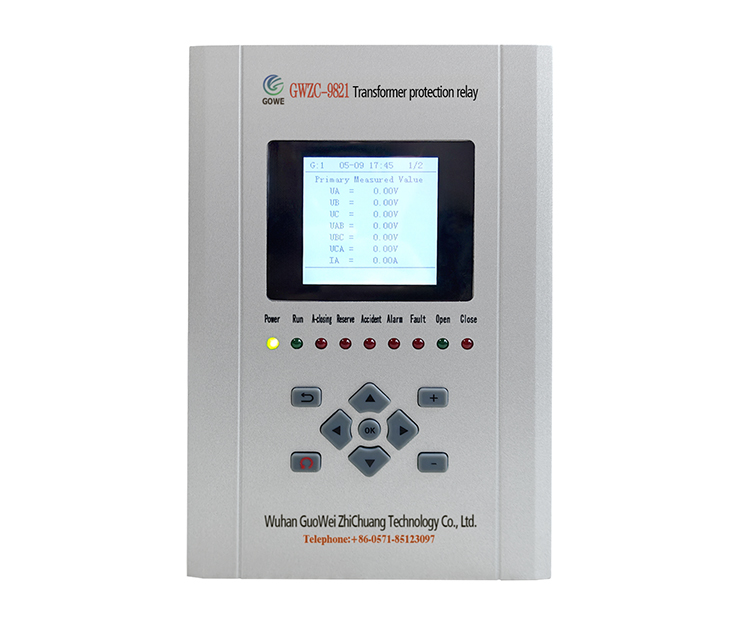
1. Introduction to Synchronism Check Function in Line Protection relays
The synchronism check function (coded SYN or 25) is a safety interlock that prevents circuit breaker closing during unsynchronized conditions. It blocks closing commands when voltage difference (ΔU), frequency difference (Δf), or phase-angle difference (Δθ) exceed thresholds, thereby avoiding high inrush currents and power oscillations. Its core objective is to validate electrical synchronization between two sources (e.g., busbar and line/generator sides) before permitting manual/automatic closing.
2. Introduction to Synchronizing Function in Synchronizing relays
The synchronizing function in auto-synchronizing relays enables smooth interconnection of independent power sources. As a closed-loop control system, it achieves near-zero deviations (ΔU ≈ 0%, Δf ≈ 0 Hz, Δθ ≈ 0°) through real-time monitoring, dynamic parameter adjustments, and predictive closing. Its core value lies in active regulation and sub-second timing control.
3. Application Scenarios of Line Protection Synchronism Check
4. Application Scenarios of Synchronizing relays
The synchronizing function specializes in precision-critical tasks:
5. Working Principles: Line Protection Synchronism Check
6. Working Principles: Synchronizing relays
7. Key Differences Between the Two Functions
Line Protection relay Synchronism Check:
Synchronizing Device Function:
Conclusion
The synchronism check in line protection relay provides vital safety interlocks during routine grid operations. Conversely, the synchronizing function in dedicated equipment enables mission-critical generator/tie-line interconnections through closed-loop control. While synchronism checks prevent catastrophic errors, synchronizing relay achieve near-perfect synchronization via active parameter regulation and predictive algorithms.
